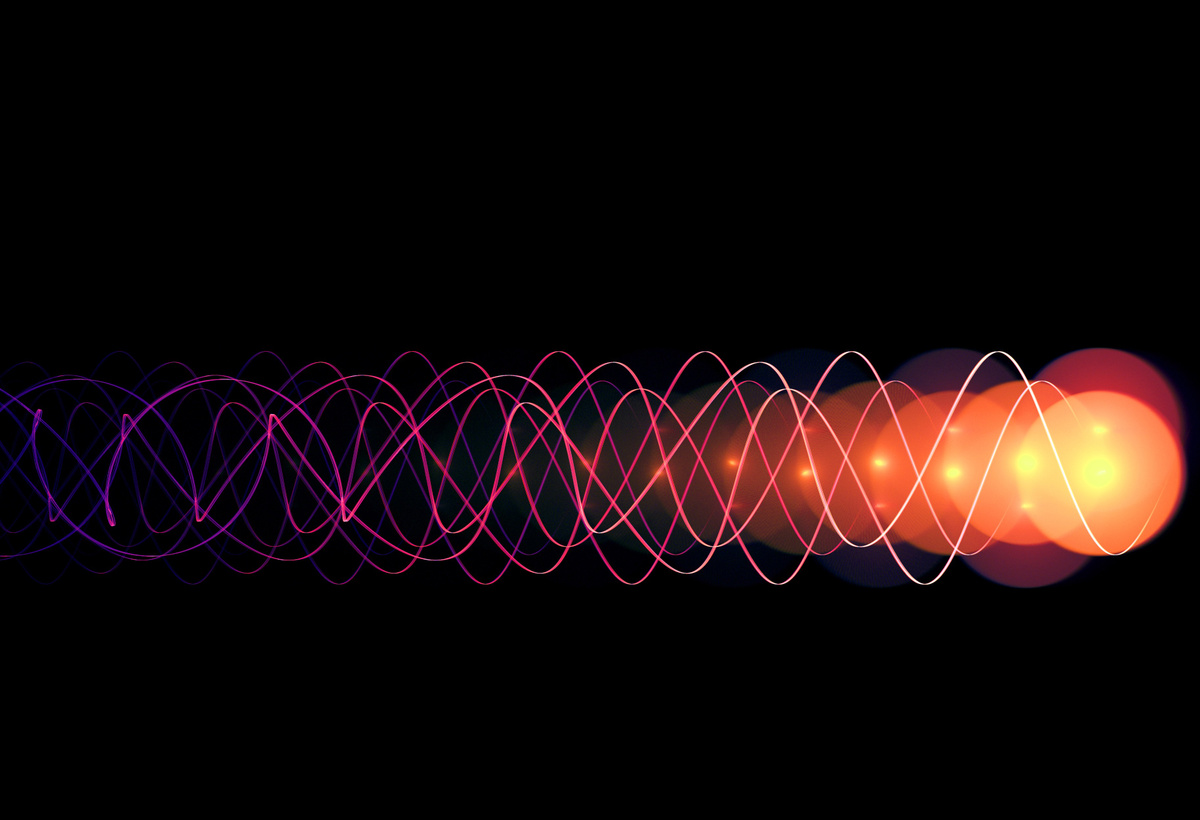Hybrid Active Matrix Flat Panel Imager

Background
X-ray detectors currently commercially available consist of direct and indirect detectors. Direct detectors take x-ray inputs and are directly converted to electron hole pairs and digitized through the readout electronics. Common photoconductors are amorphous selenium. Indirect detectors use a phosphor screen to later convert x-rays to optical photons, absorbed in a photodiode and digitized. Higher energy applications and current photoconductors do not have sufficient quantum efficiency.
Technology
This invention is a new hybrid detector where incident x-rays are absorbed via both direct interactions in the photoconductor and indirect interaction in the scintillator. This method enables the photoconductor to sense both x-rays and optical photons. The hybrid structure results in spatial resolution and dose efficiency improvement beyond current direct and indirect detectors.
Advantages
The newly proposed model as compared to current direct and indirect detectors available has better spatial resolution, improved dose efficiency and higher absorption efficiency combined with high spatial resolution resulting in better detective quantum.
Application
Radiology
Inventors
Anthony Lubinsky, Research Scientist (Retired), Department of Radiology
Wei Zhao, Professor, Radiology
Adrian Howansky, Clinical Medical Physicist, Radiology
James Scheuermann, Ph.D Candidate, Department of Radiology
Licensing Potential
Development partner - Commercial partner - Licensing
Licensing Status
Available for License. Stony Brook University seeks to develop and commercialize by an exclusive or non-exclusive license agreement and/or sponsored research with a company active in the area.
Licensing Contact
James Martino, Licensing Specialist, Intellectual Property Partners, james.martino@stonybrook.edu,
Patent Status
Patent application submitted Publication US-2019-0388042-A1
Tech ID
050-8886
